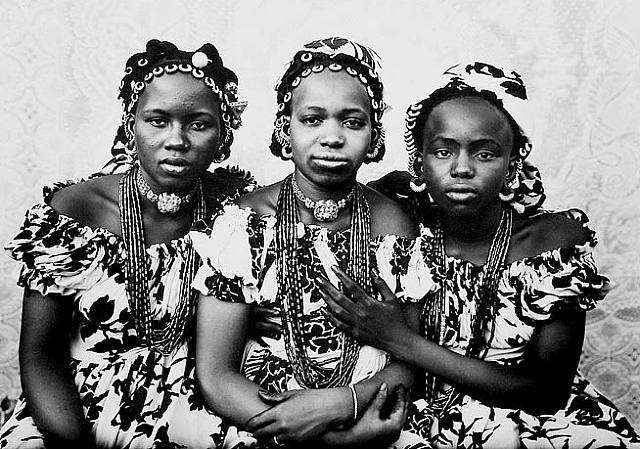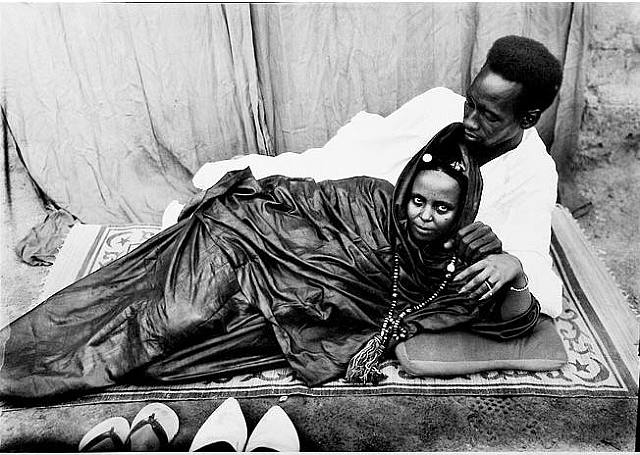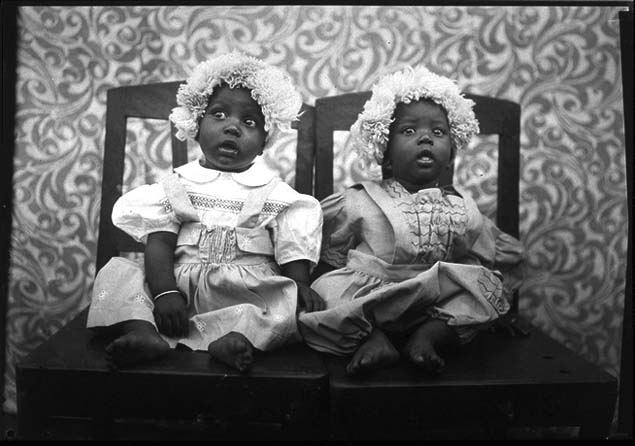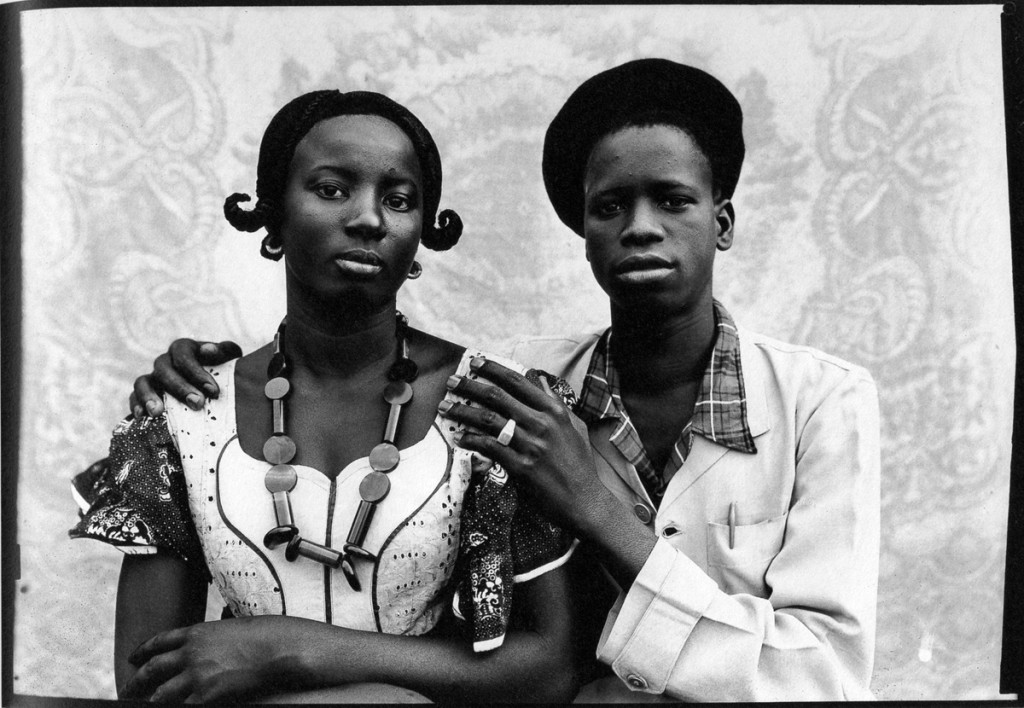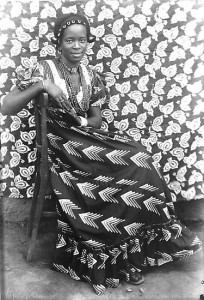
In collection Metropolitan Museum of Art, New York
Photograph, 1959–60, print 1997
Seydou Keita (Malian, ca. 1921–2001)
Gelatin silver print
20 x 24 in. (50.8 x 61 cm)
Purchase, Joseph and Ceil Mazer Foundation Inc. Gift, 1997 (1997.364)
About:
In the twentieth century, photography became a medium of expression that African artists began to draw upon to reflect on the world around them. One of the exceptional talents to emerge in this area has been the Malian photographer Seydou Keita (ca. 1921–2001), whose work has been admired on an international scale. Keita’s oeuvre consists of portraits that chronicle Malian life during the mid-twentieth century. His portraits are renowned for not only their masterful formal composition, but also their ability to capture the nuances of this important transitional period in Malian history.
This portrait – the one in the collection of the Metropolitan – of an unidentified woman displays the signature pictorial style that made Keita the premier Malian photographer of his generation. Employing different backdrops and successfully combining pattern on pattern, the woman’s skirt is dynamically juxtaposed with the regularity of the floral motif on the backdrop behind her. Keita positioned the woman so the arrow design of her dress directs the viewer to her bodice, where light vertical elements of her blouse lead toward her smiling, confident face. The overall pattern on the backdrop holds the viewer’s attention while it gently repeats itself and simultaneously guides our eyes back down to her skirt.
 Two Girls, 1956.
Two Girls, 1956.
This portrait is one among hundreds Keita made in his legendary studio in Bamako, the capital city of Mali. Opened in 1948 near the railway station and post office his studio was the fashionable place to be seen and photographed. This location attracted local customers, including those en route to Senegal. Keita operated his studio until 1962, when, after Mali’s independence, he was asked to be a government photographer, he retired in the mid-1970s. He was meticulous about preserving and organizing his negatives, but he did not record the names of the people who waited patiently to be photographed. Therefore at present, the name of this woman is unknown to us.

